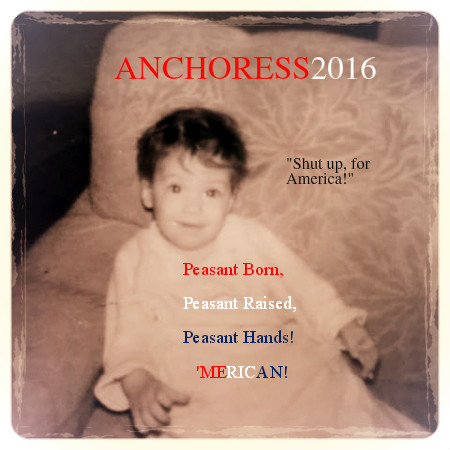Lately, many people have been finding fault with the Dallas Charter and its provisions for dealing with credibly accused priests. If memory serves, one very important question that slipped everyone’s mind was: What makes an accusation credible?
In last week’s National Catholic Reporter, Zoe Ryan reports that the term’s vagueness has created considerable confusion:
Yet no precise definition or standard exists for what it means to be “credibly accused,” leaving each diocese to decide on its own what credible means.
The term is not in the language of church law, but draws its meaning from another imprecise phrase, “semblance of truth,” from Canon 1717. An accusation is credible if there is about it “a semblance of truth.”
The lack of precision in language is one of the flaws exposed by the recent Philadelphia grand jury report, which claimed that more than two dozen priests in the Philadelphia archdiocese who should have been removed from ministry had remained active.
A credible accusation does not label a person as guilty or not guilty; it merely shows that an accusation at least seems true, said Fr. James Connell, a priest in the Milwaukee archdiocese who is also a canon lawyer and a member of the Diocesan Review Board.
Continue reading here: here:
“Semblance of truth” sounds a rough equivalent of a prima facie case — evidence that, taken at face value, would suffice to condemn someone. If that’s true, then diocesan review boards would seem to function like grand juries.
What Ryan doesn’t do is list the kinds of evidence that contribute to creating this “semblance of truth.” In child-abuse cases, there aren’t likely to be any corroborating eyewitness. In cases that open some time after the commission of the alleged offenses, there won’t likely be any physical evidence.
I wish I knew more about this stuff. EWTN needs to produce the canon equivalent of Judge Judy.











